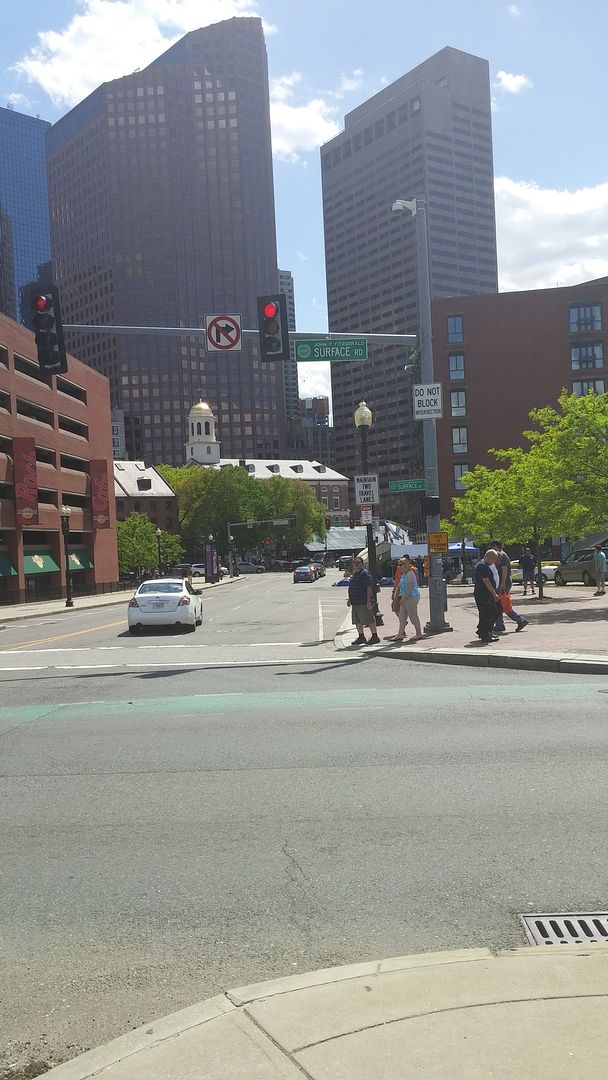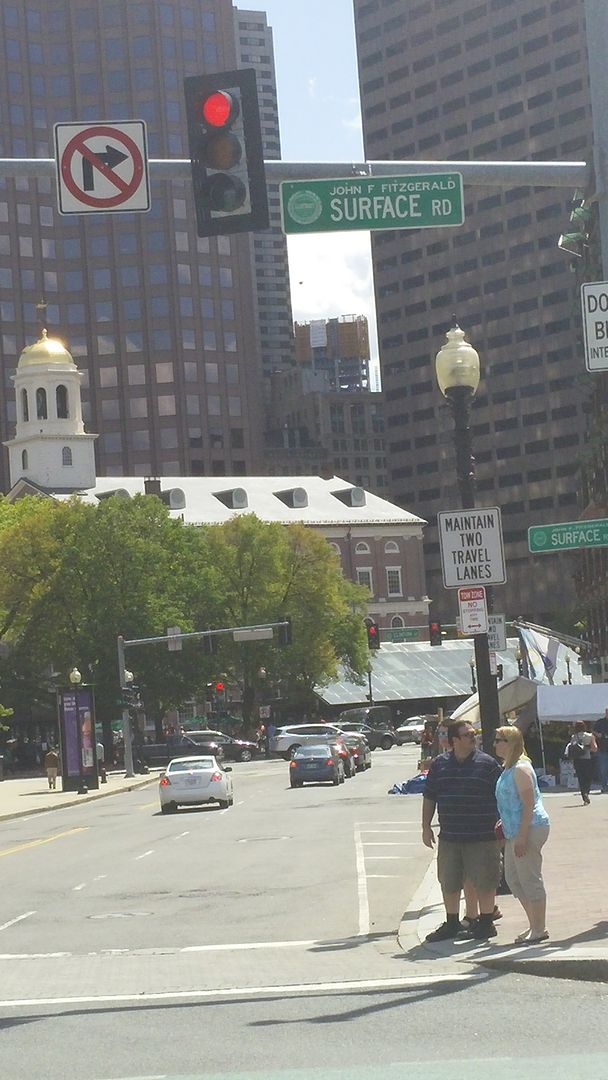atlantaden
Senior Member
- Joined
- May 31, 2006
- Messages
- 2,606
- Reaction score
- 2,750
Thanks for the correction. One of my pet peeves is people addressing places by a name other than the proper name. You even got the 's.
So Data, seriously, when you mention the Zakim Bridge in casual conversation, how do you refer to it as?







